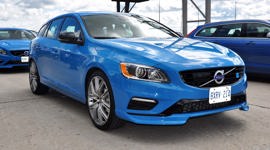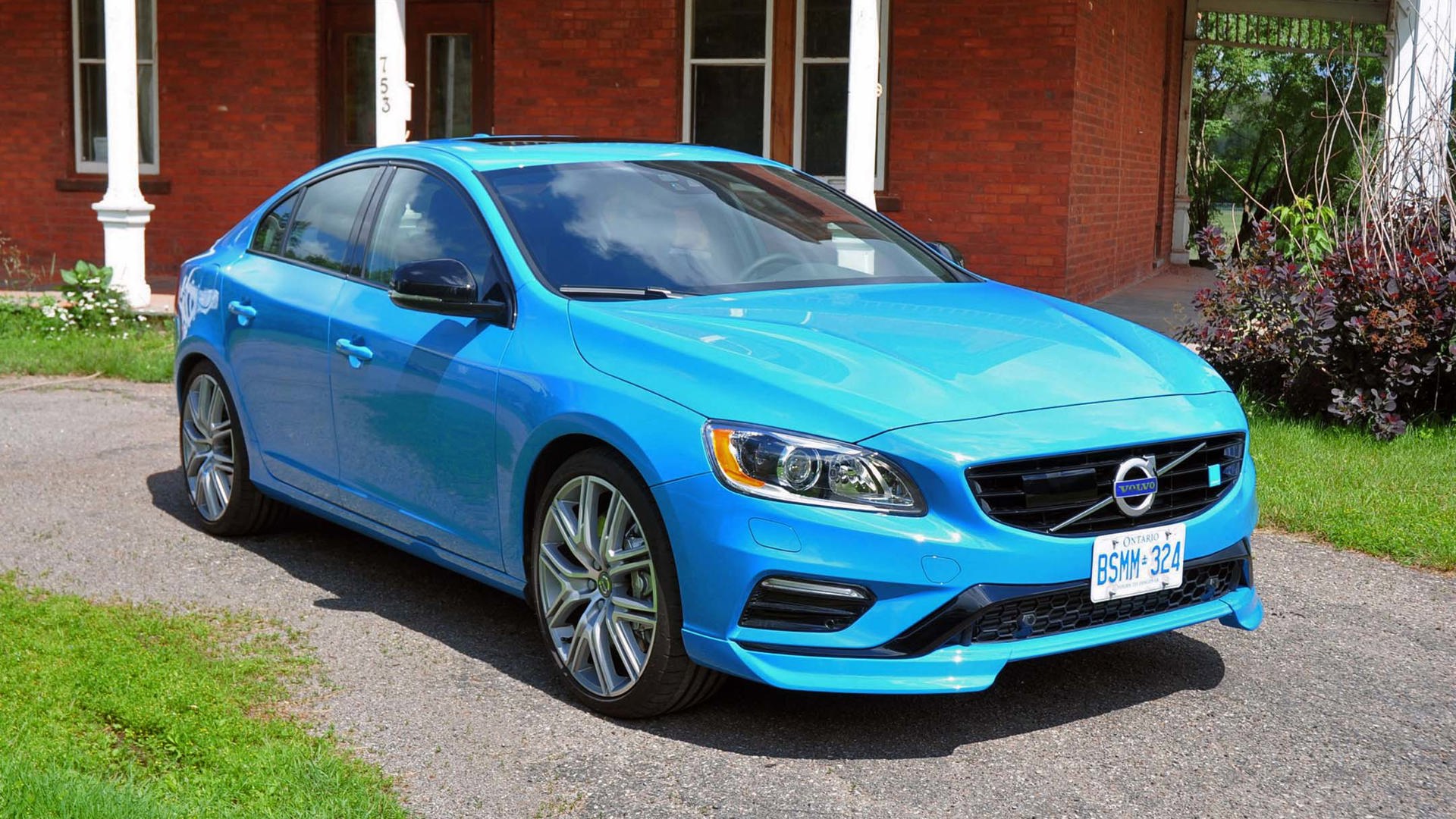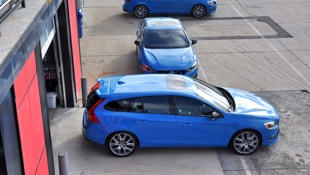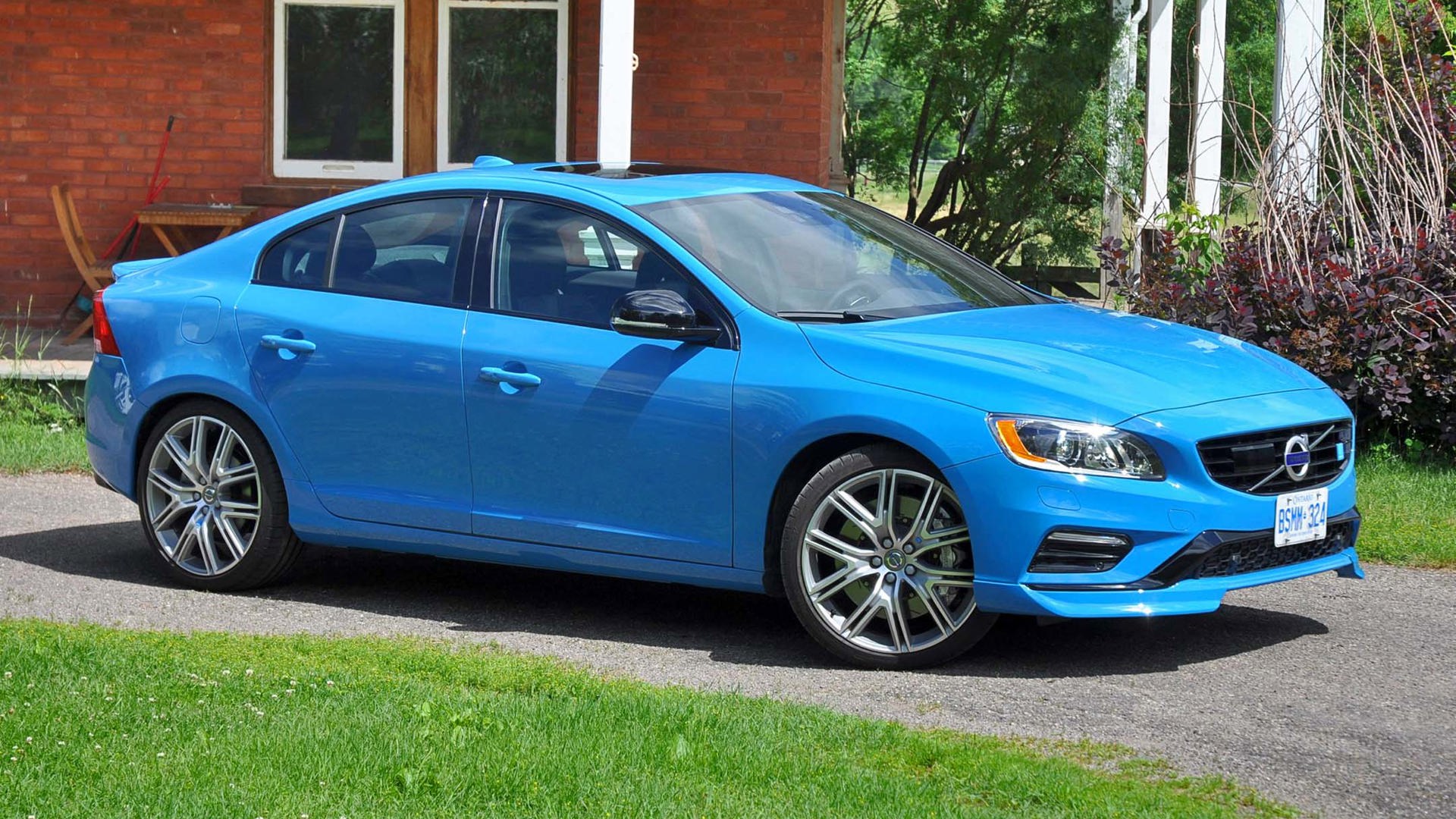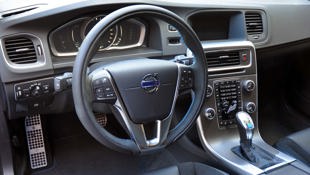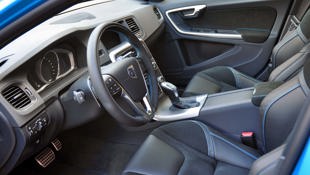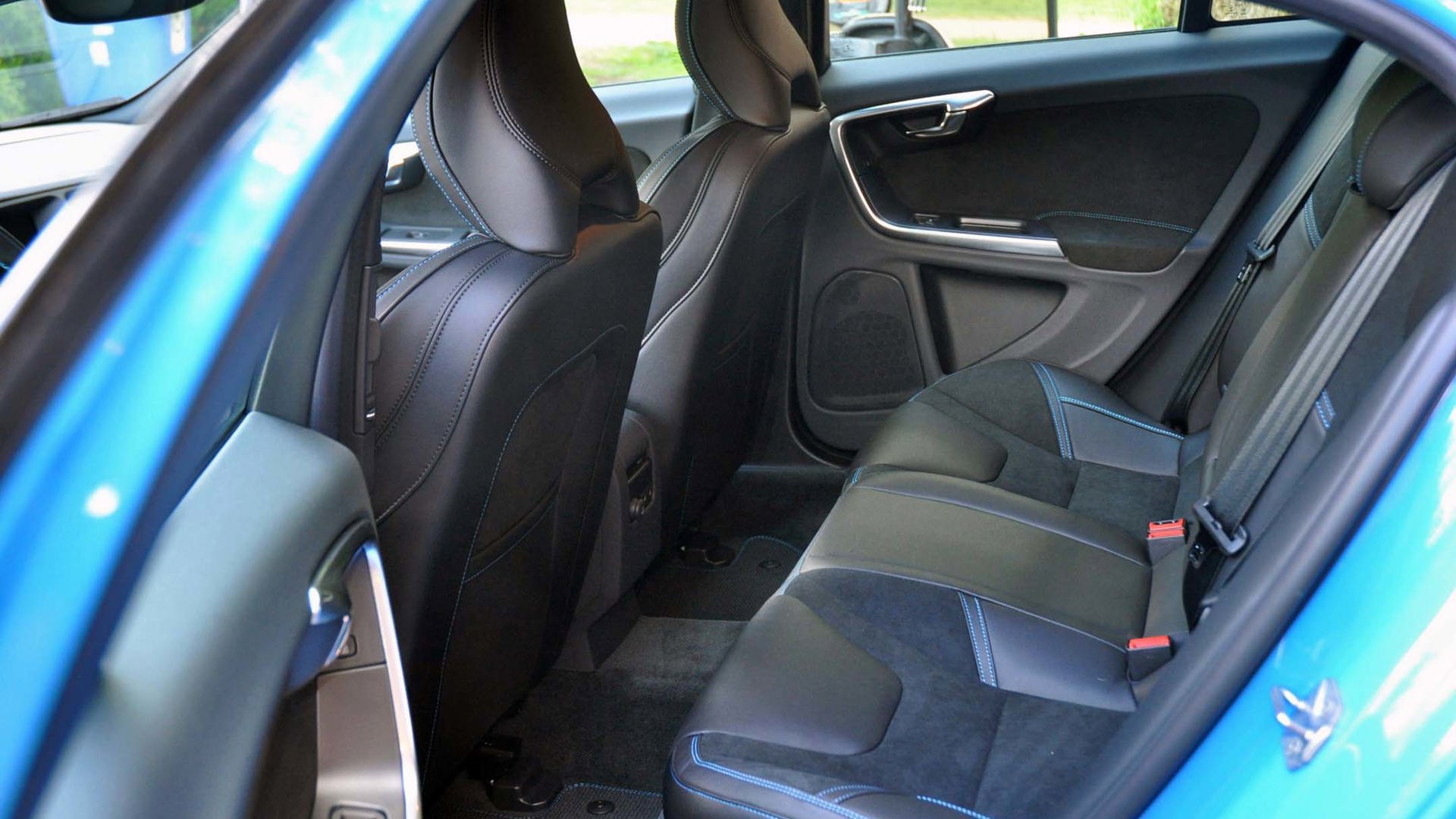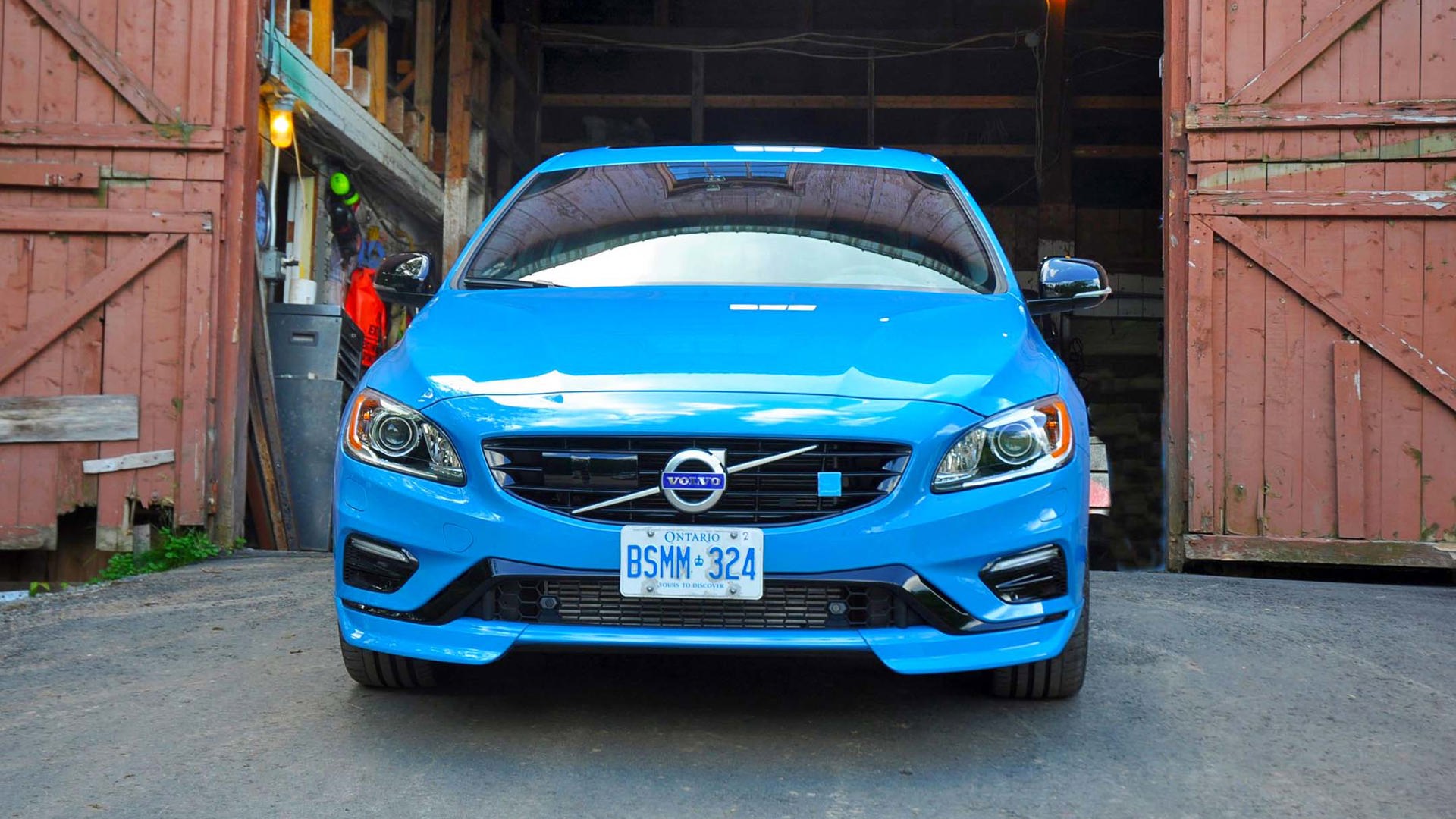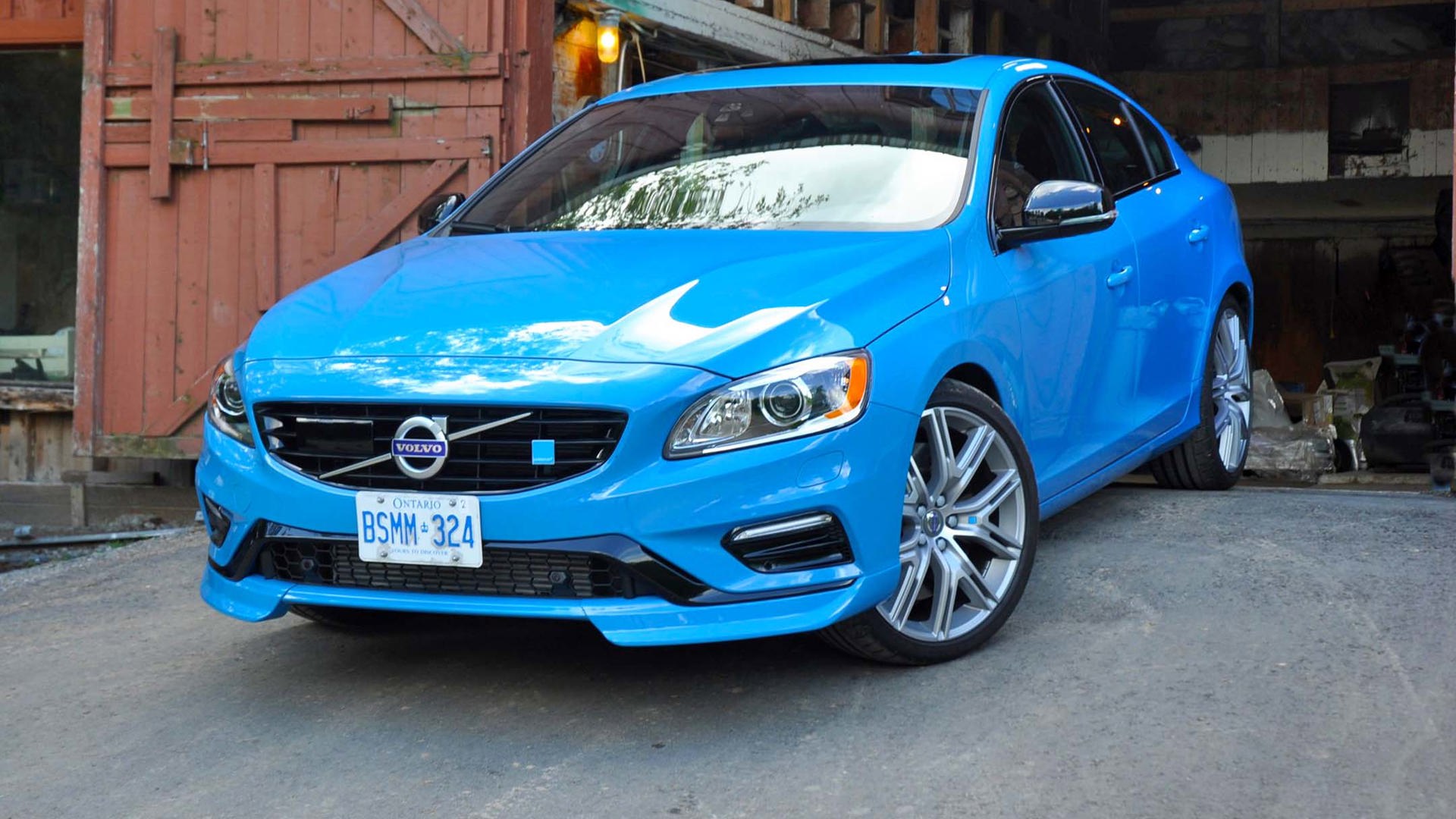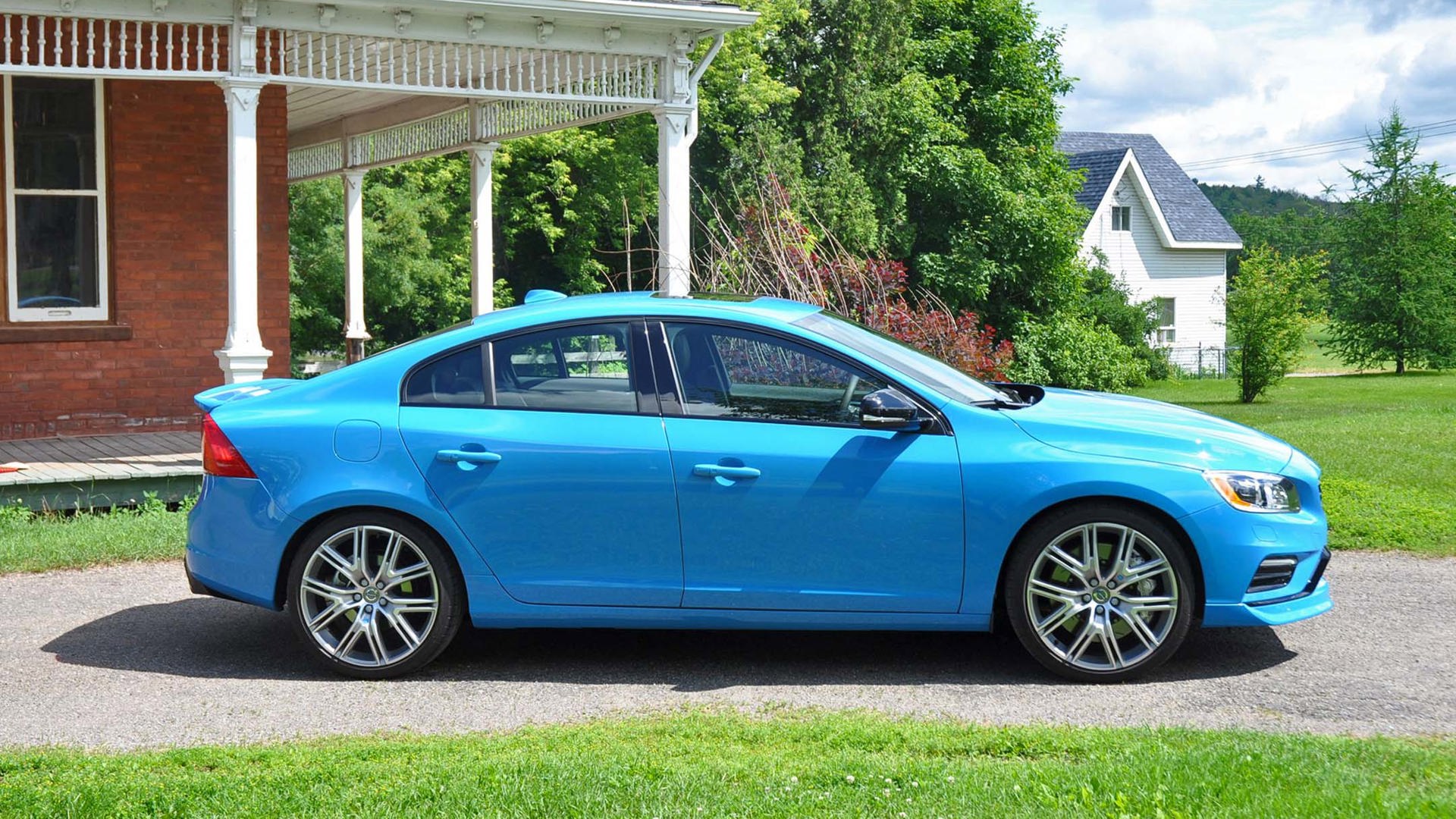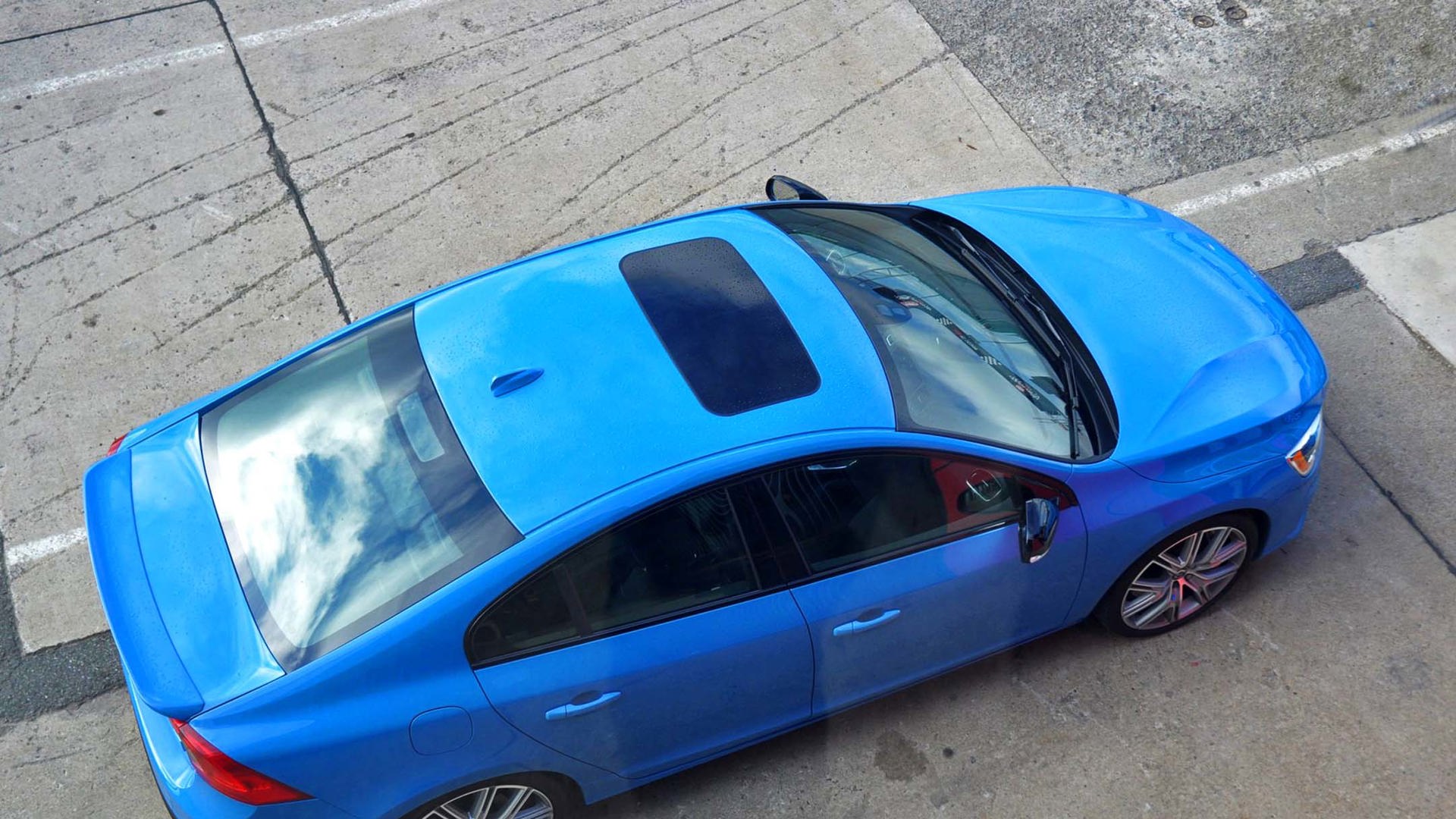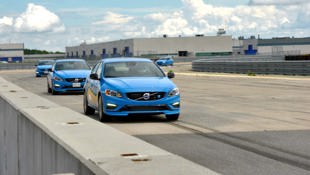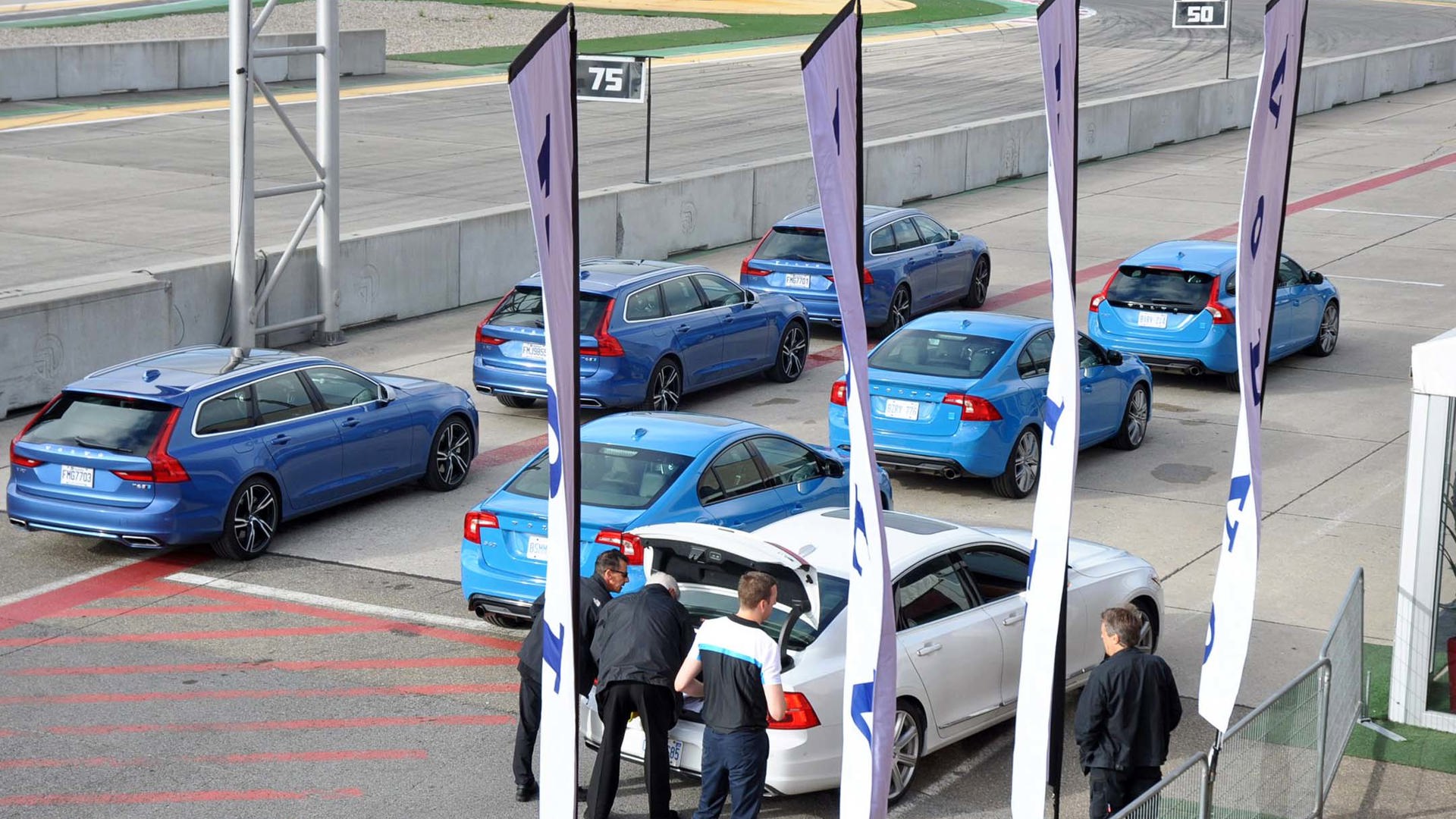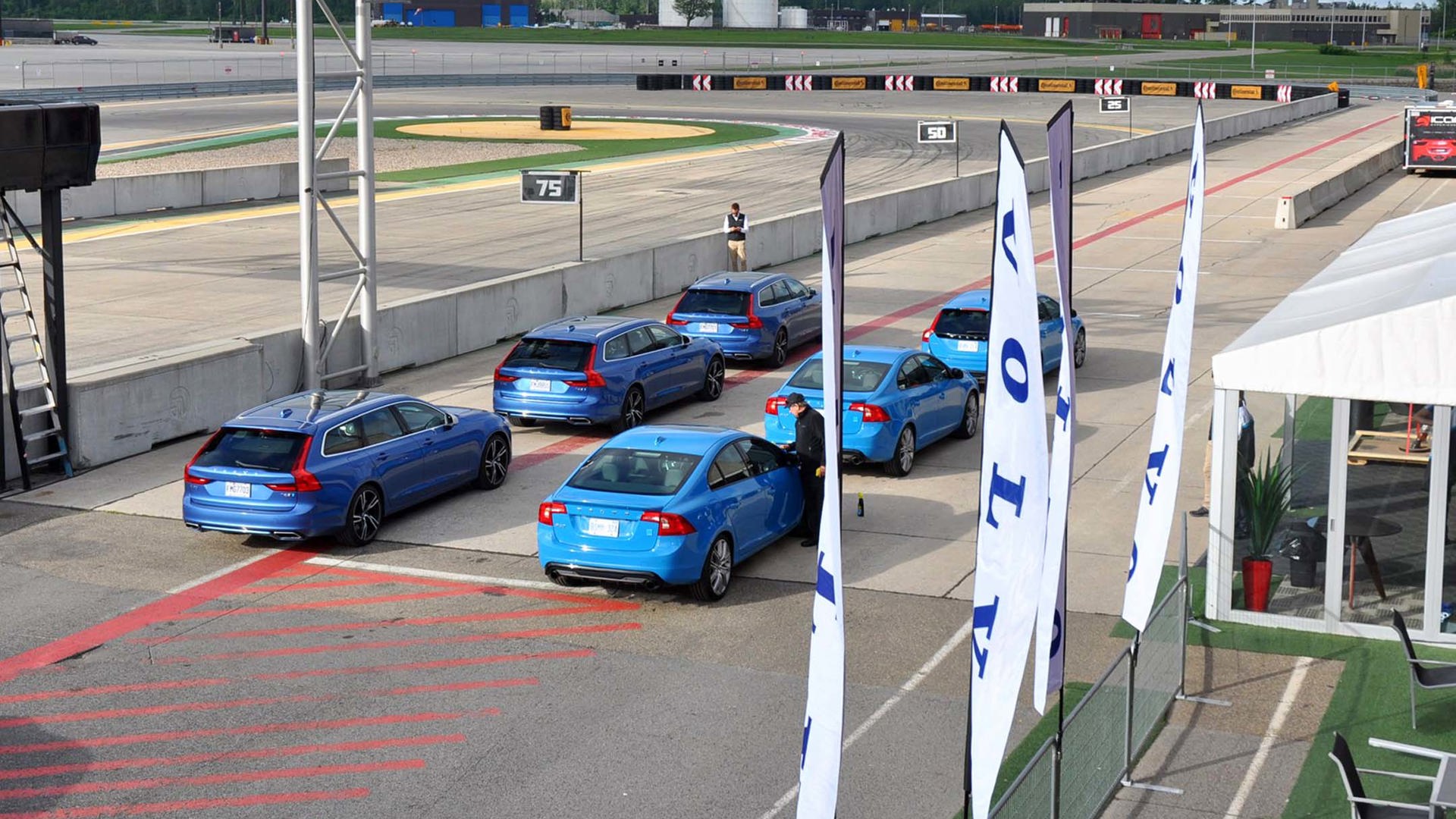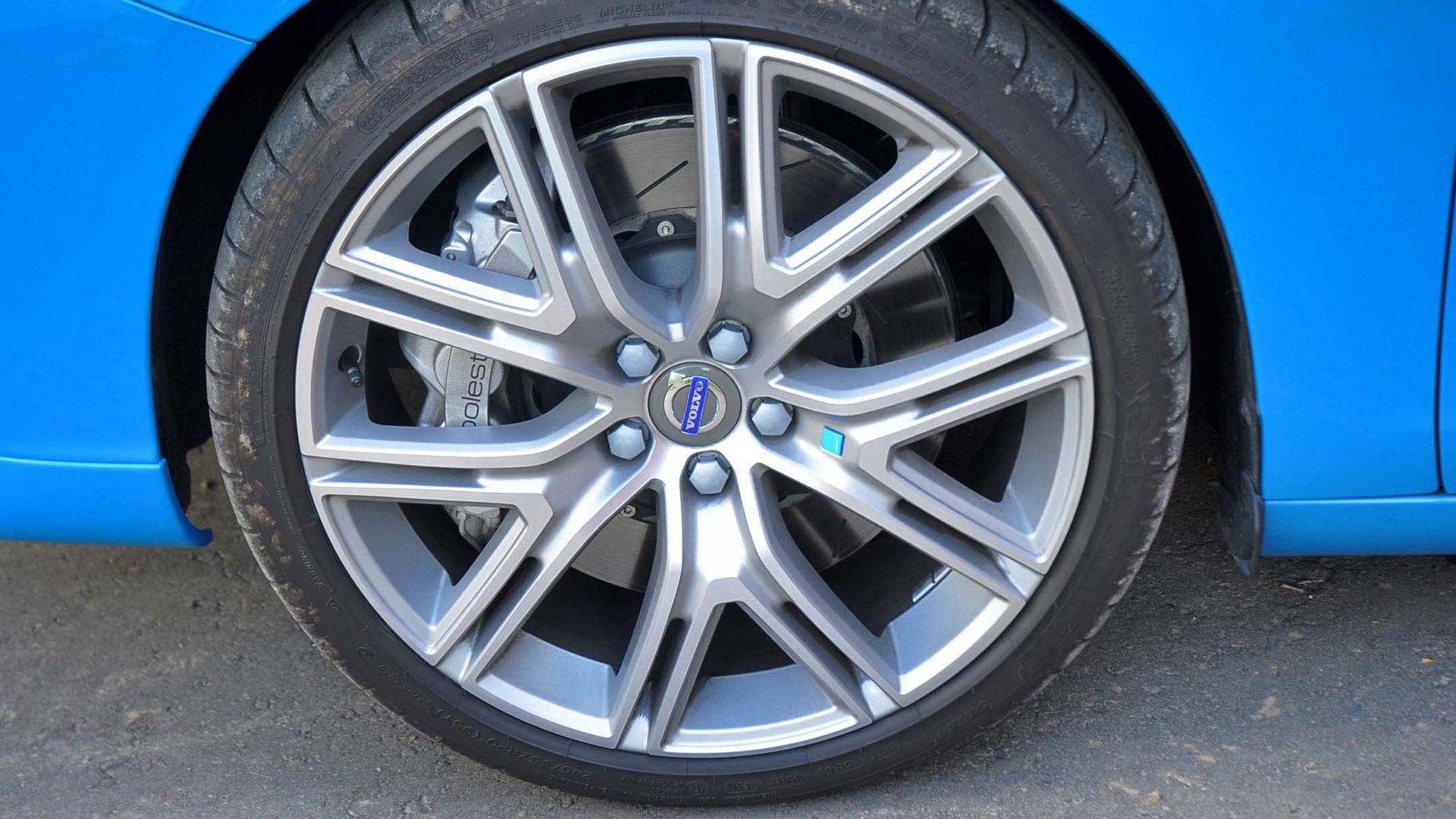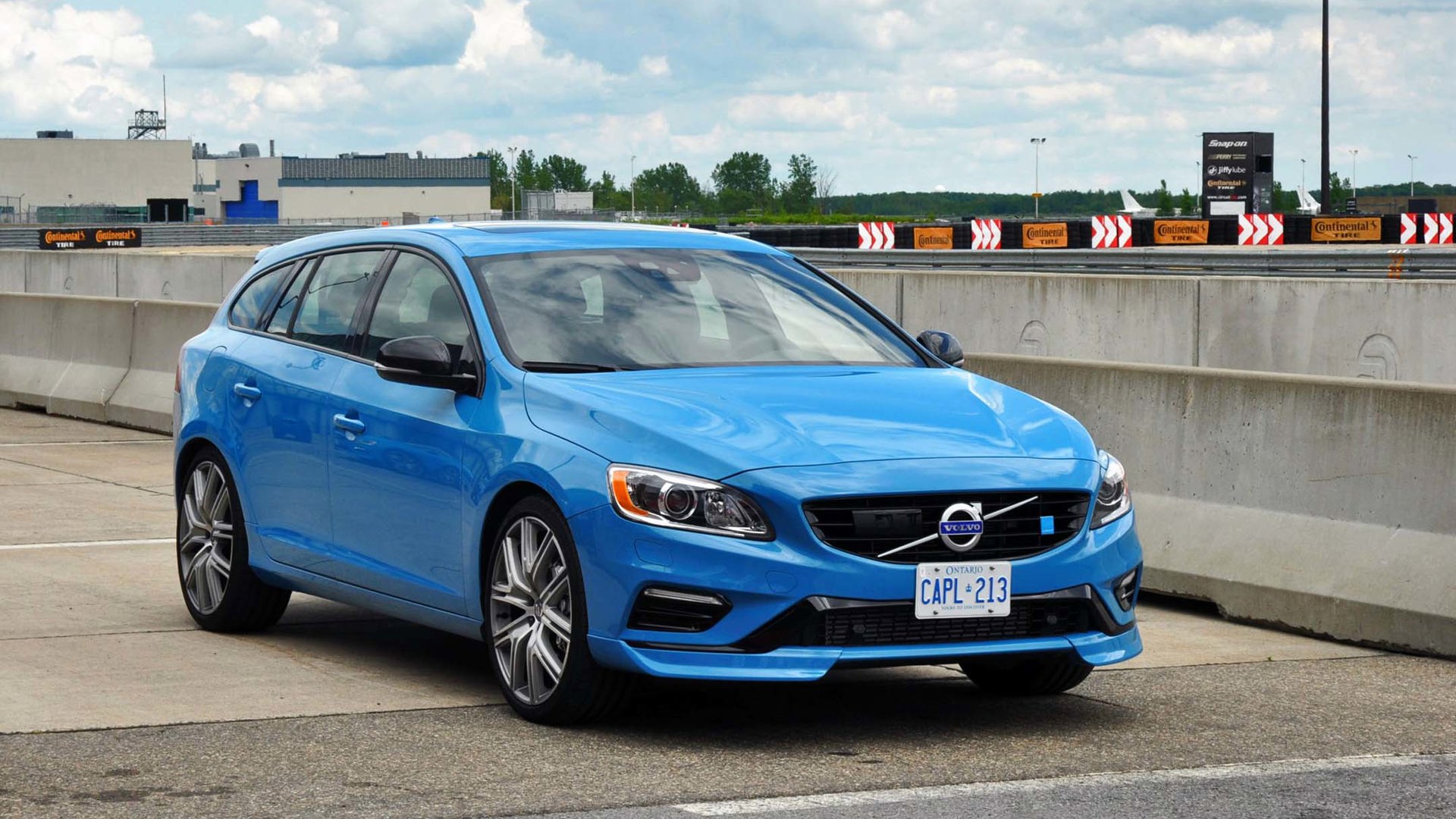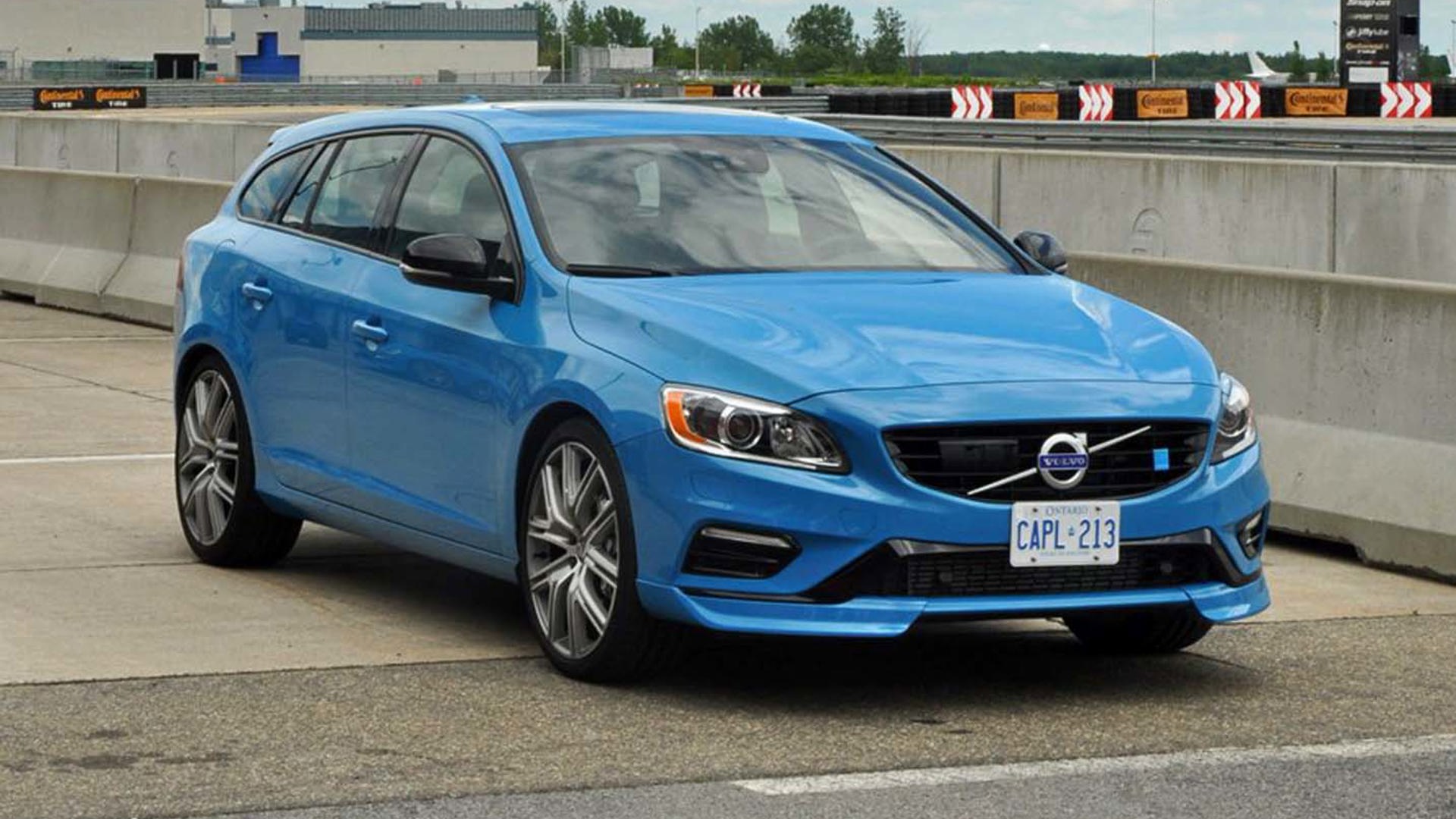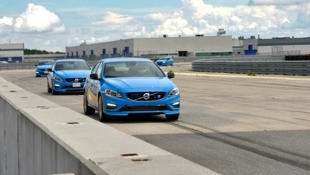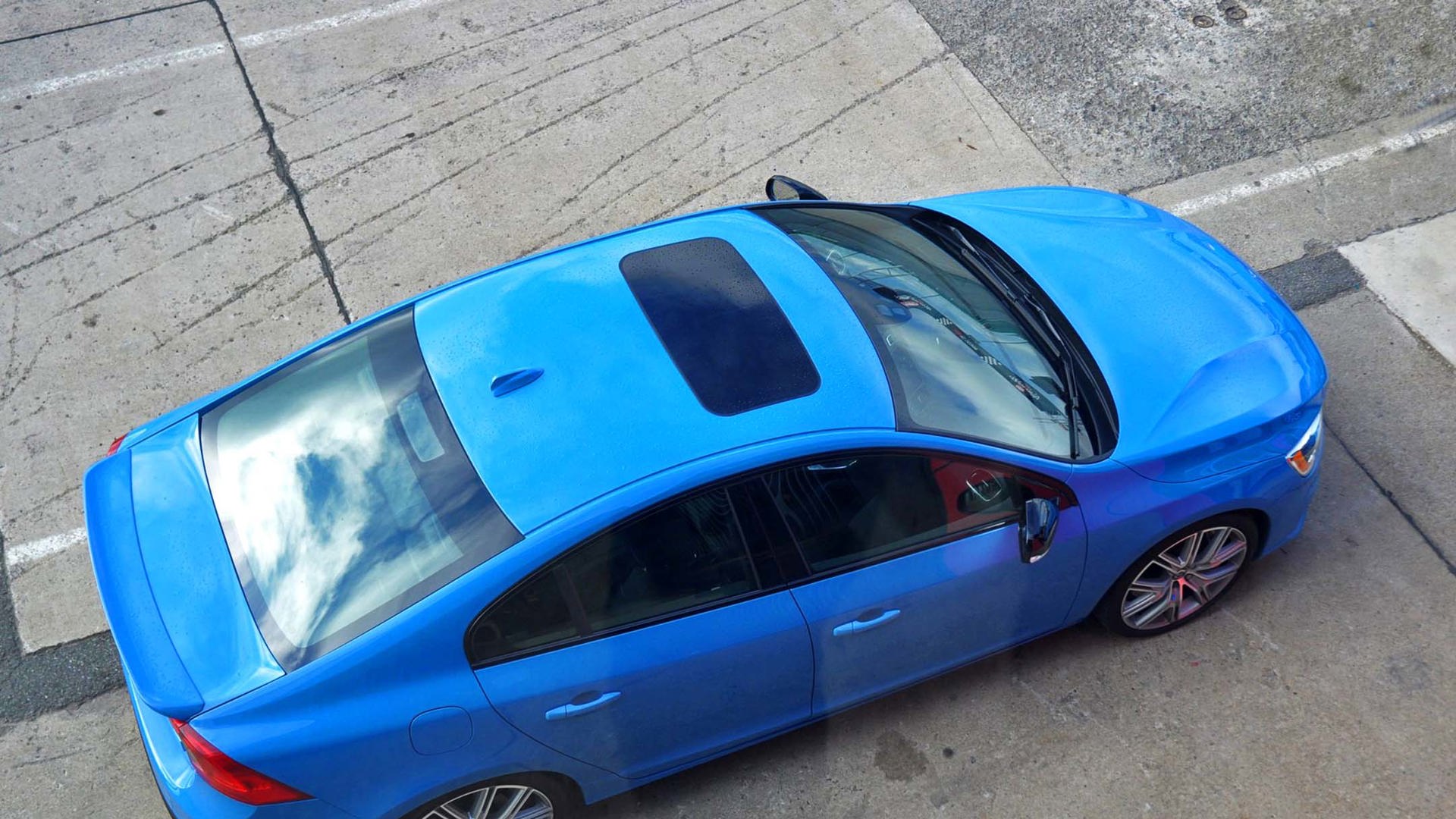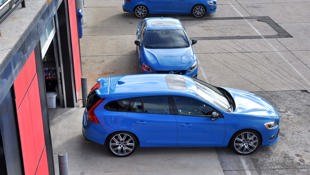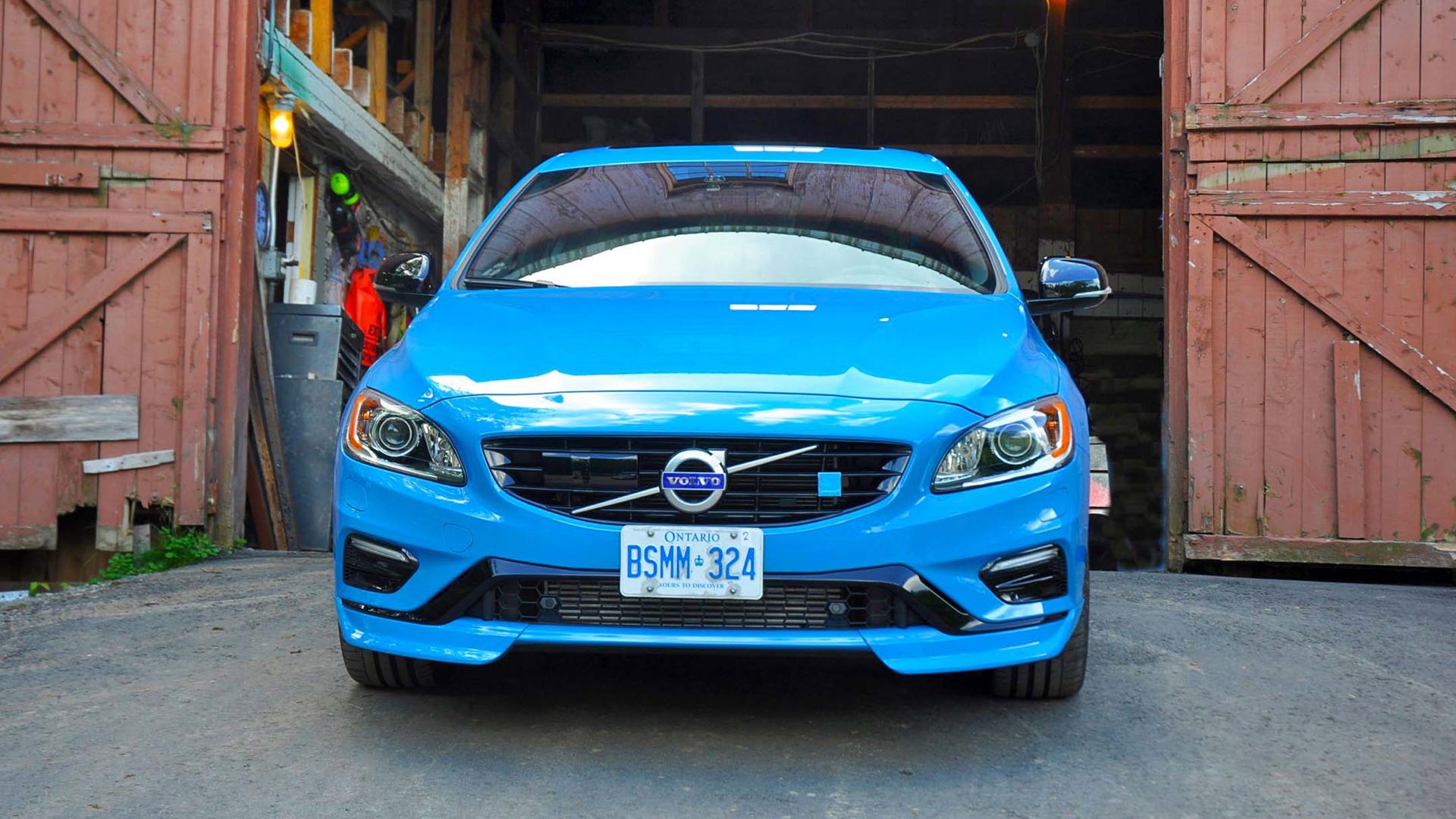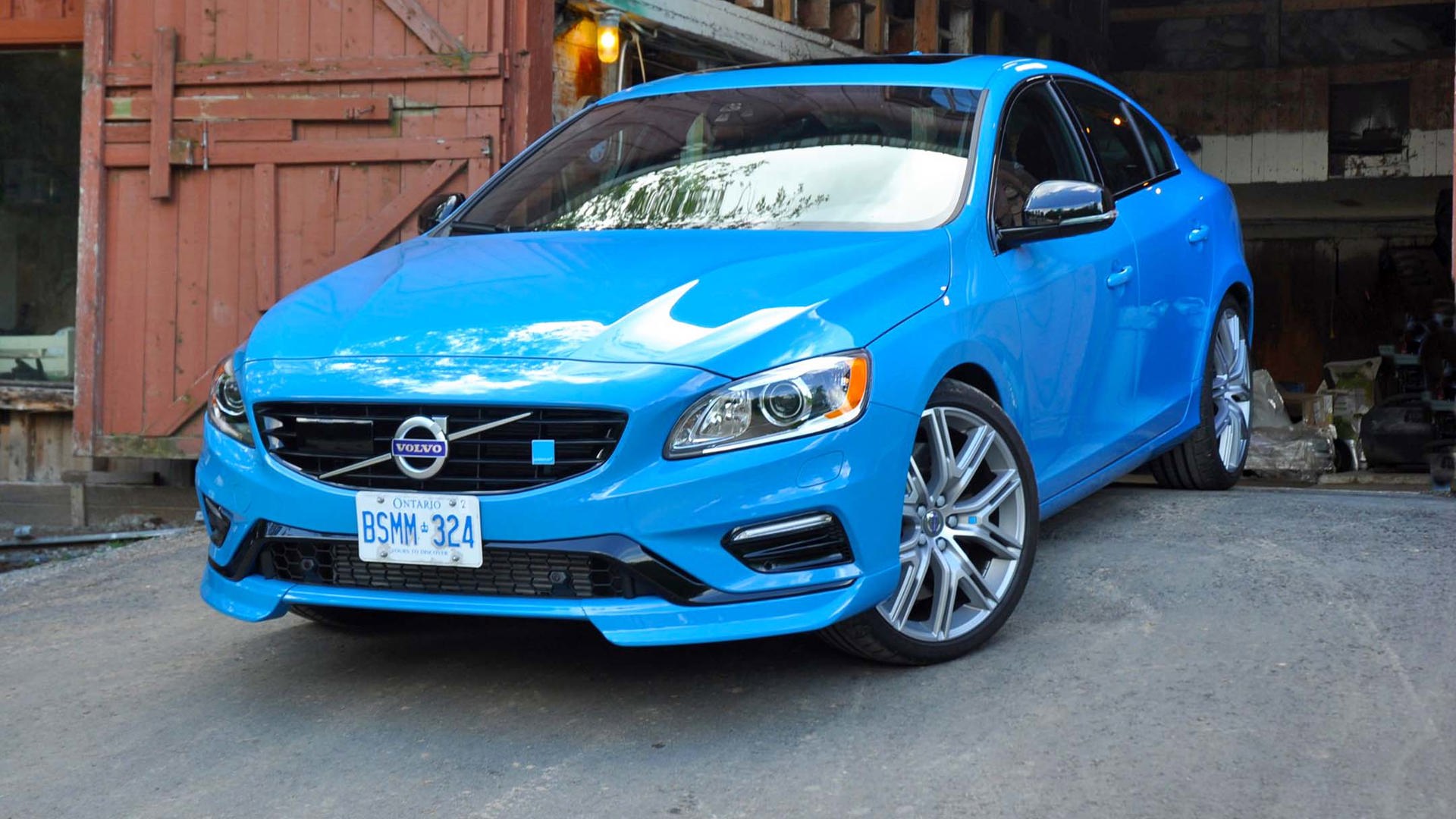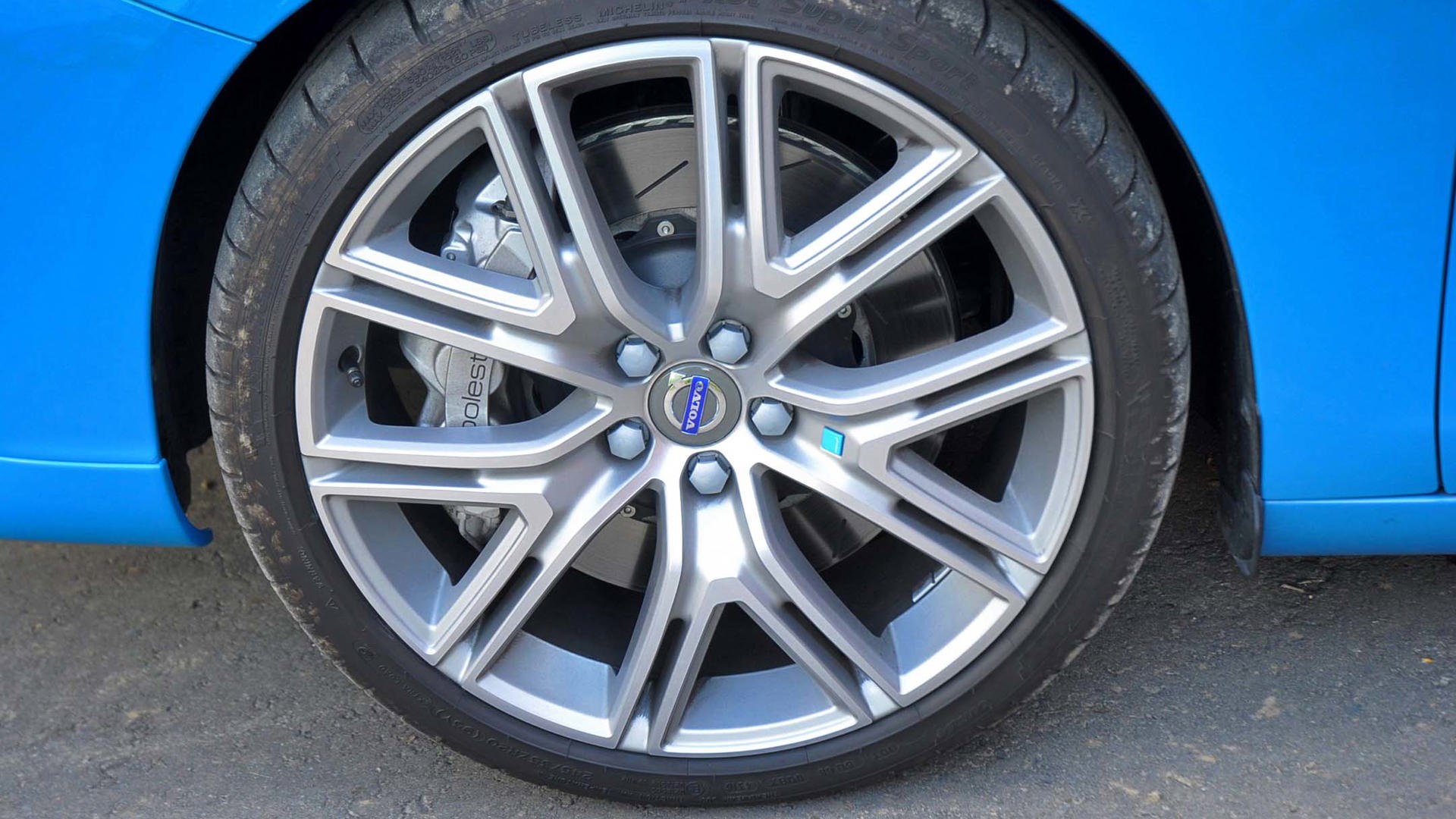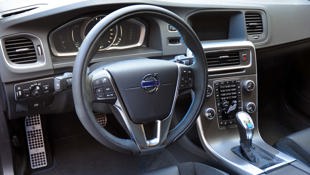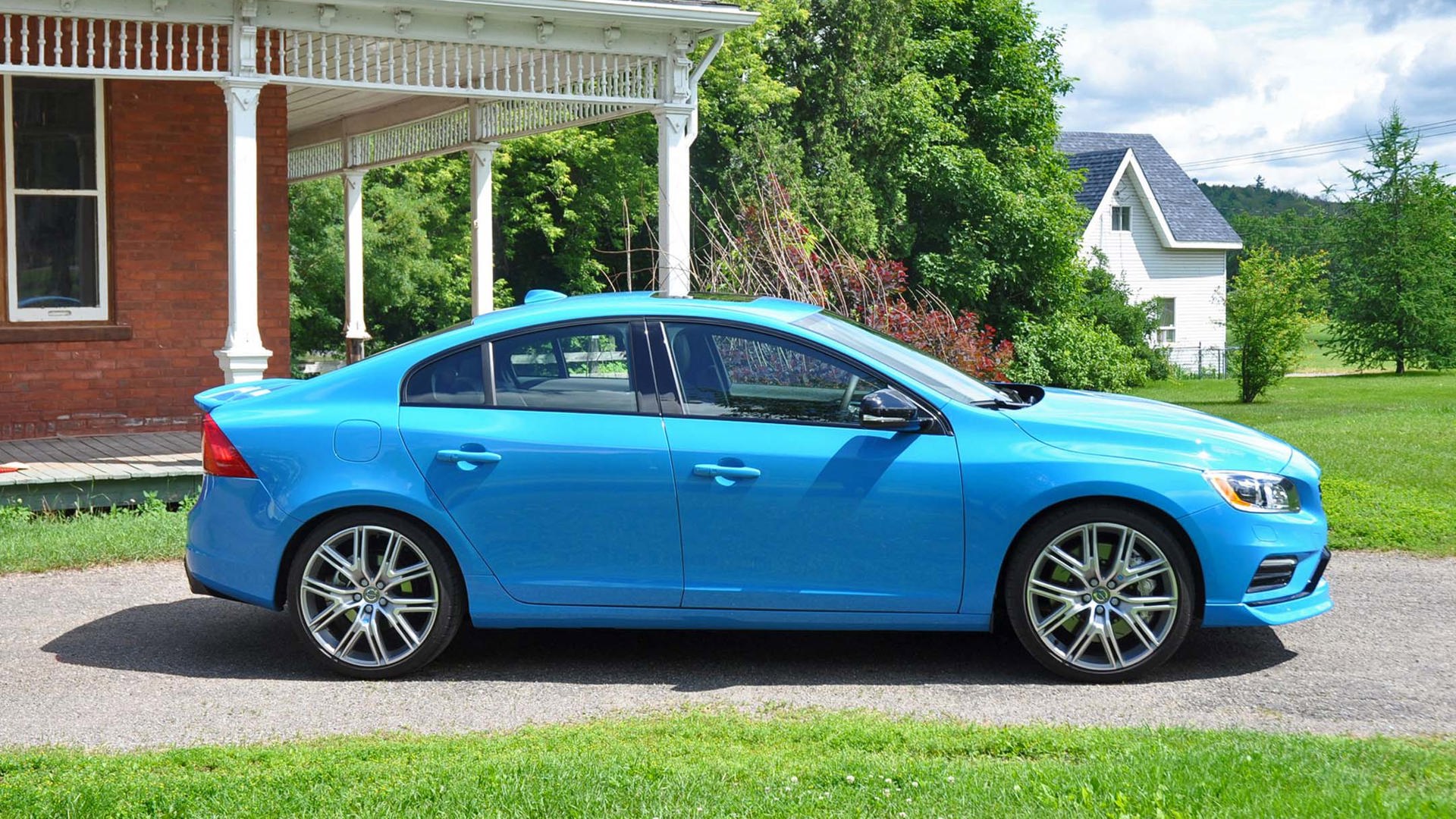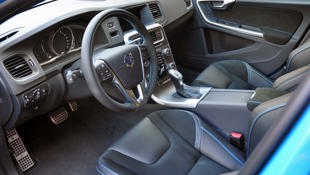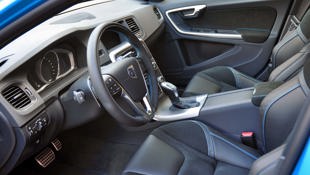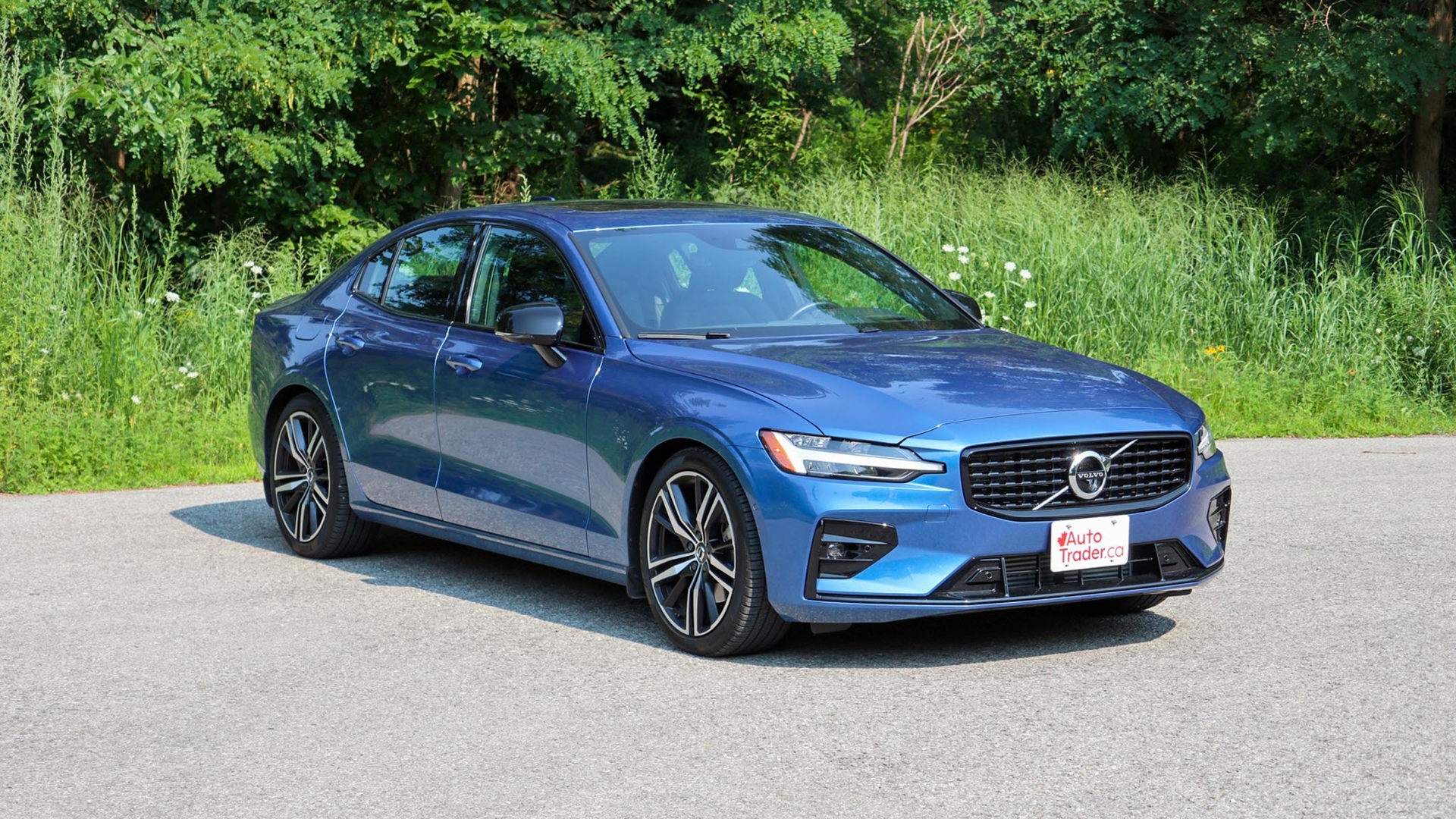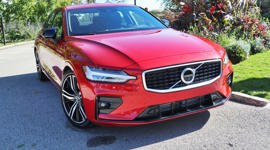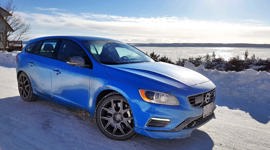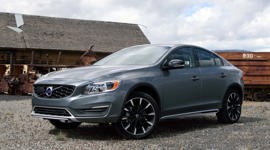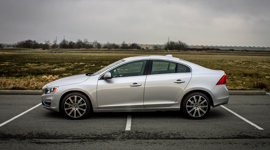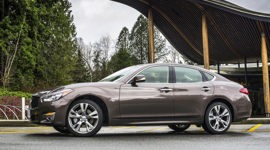Back in 2015, I drove the Volvo V60 Polestar at the Automobile Journalists Association of Canada’s annual Testfest. As is the nature of the event, this was the car’s debut, and it won its category: Best New Sports/Performance Over $50,000. Auto writers love a sporty car, especially a dark-horse European one (contenders that year included the Ford Mustang and Dodge Challenger). The Volvo got buzz.
These are fun cars to drive; not “holy crap” wild and fast, but seriously competent all-rounders
At the time, Volvo’s Polestar-branded cars were still very new. Only 100 models were built in 2014 (a test run out of Australia) and only 750 were assembled for the worldwide market in 2015. These were exclusive vehicles limited to the S60 sedan and V60 wagon models, the vanguard of Volvo’s new performance division.
Another 750 were available in 2016 and Volvo promises “up to 1,500” for 2017. In Canada this year we get 75; the US gets 200. As I say – exclusive. And with its motorsport partner, Cyan Racing, Polestar’s out to win the World Touring Car Championship, affirming and solidifying its performance credentials (although in WTCC it has only one manufacturer to beat: Honda).
Why a performance commitment? Well, this continues to be a time of big change for Volvo. For decades the company’s been associated with advanced safety and it’s not going to give that away. But for Volvo to revive and progress, the thinking is it needs to add performance to the branding mix (while buffing up its luxury aspirations as well).
But things have changed since Polestar’s introduction. In June 2017 Volvo announced that Polestar, “is to become a new separately branded electrified global high-performance car company… a truly differentiated standalone brand within the Volvo Car Group.”
Maybe they had this in mind all along, but it does beg some questions. What do they mean by “electrified”? Hybrid? Fully electric? Will they be Volvo Polestars? Nope, just Polestars with no Volvo brand logos, although additionally there will be Polestar-optimized Volvos.
Not a new idea, but a new idea for Volvo.
And furthermore, in its July 5 press release, Volvo upped the ante by announcing that, “every Volvo it launches from 2019 will have an electric motor, marking the historic end of cars that only have an internal combustion engine (ICE) and placing electrification at the core of its future business.”
Five fully electric cars will be launched between 2019 and 2021: three Volvos and two Polestars. However, somewhat confusingly, it will still be manufacturing earlier models with internal combustion engines, although apparently it will make hybrids and plug-in hybrids available across the range.
So where does this leave owners of 2017 Volvo S60 and V60 Polestars? With a transitional model, I guess, and likely the last of the current line. Rare, for sure, which will confer more desirability for some, but arguably less for others. After all, why get the vehicle on the way out, as opposed to the vehicle on the way in?
However, don’t get the impression that we’re just talking trim with the current models. Not at all. Volvo lists fully 260 new part numbers for the 2017 S60/V60 Polestars (powertrain, chassis, brake, interior, exterior). Make no mistake, extensive development and investment has gone – and continues to go – into these Belgian-(S60) and Swedish-built (V60) vehicles.
Under the hood, a supercharged and turbocharged 2.0-litre I4 replaces the previous inline-six. It makes 362 horsepower at 6,000 rpm and 347 lb-ft of torque at 3,100–5,100 rpm. It’ll move the S60 from zero to 100 km/h in 4.7 seconds (4.8 for V60) through its new eight-speed automatic transmission with paddle shifters and BorgWarner (formerly named Haldex) rear-bias all-wheel-drive system. That’s using the launch control program.
Powertrain enhancements include high-performance connecting rods, inlet cam profile, fuel pump, turbo compressor, downpipe, intake, catalytic converter outlet and exhaust valve springs. The complete air-intake system is optimized. Chassis modifications include fitment of adjustable Öhlins shock absorbers, an 80 percent stiffer spring rate versus the base car, 15 percent stiffer stabilizers and uprated connecting points, mounts and bushings. Brakes are Polestar/Brembo six-piston calipers with 371 millimetre vented, floating, and slotted discs; new brake booster; master cylinder and optimized ESC and ABS. Exhaust is 3.0-inch active stainless steel with 3.5-inch tail pipes.
Polestar introduces a new 20-inch wheel for model year 2017 using Michelin Pilot 245/35 ZR 20 tires and, being a safety conscious company, offers a choice of three suitable winter tires for the car.
Aerodynamics are improved with a combination of optimized splitters, diffusers and spoilers that add significant downforce at 250 km/h, although your local constabulary will likely not be amused if you try to confirm this on public roads.
Inside, the seats and steering wheel feature a leather/nubuck treatment with contrasting stitching, special pedals and foot support, carbon-fibre centre stack and Polestar shifter knob. All Polestars are fully loaded. You get a choice of two colours in Canada: Rebel Blue or Bright Silver.
According to Volvo, these cars were produced using all of Volvo’s research and development facilities including wind tunnel, engine lab, test tracks, test methods and expeditions (winter test in Northern Europe, high-speed handling at the Volvo test track in Gothenburg, wet handling in Germany and heat testing in Australia, South Africa and the USA). The S60/V60 Polestar is designed to compete with similar higher-performance vehicles from Mercedes-Benz, BMW, and Audi.
We drove $67,050 2017 Volvo S60 and $69,000 V60 Polestars at a short event out of Mirabel, Quebec, on local roads and on the I-CAR circuit located there. I’ve got to tell you, these are fun cars to drive; not “holy crap” wild and fast, but seriously competent all-rounders with fine performance dynamics and the ability to comfortably carry passengers and cargo.
On the road, they are nimble and entertaining. Response from steering, braking, and throttle input is immediate and satisfying; the cabin is roomy, the seats are form-fitting and comfortable (fantastic seats, actually). On the track they are stable and will handle some very aggressive manoeuvers without becoming unsettled. As far as ride and handling is concerned, I couldn’t tell any difference between the S60 and V60 either on the road or on the track. I should mention that one of the vehicles lost its rear-wheel-drive capability during our exercises on the track, and that brake pedal feel became progressively softer after each track experience in the three vehicles I drove.
There are several drive modes to select with the Sport+ mode particularly notable if you’re tracking the car. With ESC off, it maintains a minimum engine speed of 4,000 rpm once you are in second gear. After that, the system keeps the car “on the boil” until the driver intervenes by shifting. This is most effective and exciting, especially with an engine whose peak horsepower is reached at 6,000 rpm.
However, when you’re not flying around a track, you do notice that the suspension in these cars is very firm indeed (hard, some might say). On the road in everyday driving, especially on broken and uneven pavement, this suspension is all about taut handling when you might prefer a smoother, quieter ride. You can have it by adjusting the dampers, but that is done manually, not electronically. The cabin also permits road noise to intrude to a level that some occupants may find irritating. On the track or simply idling, the exhaust note from the I4 is uninspiring.
And while I’m criticizing, when looking at the interior, especially the centre stack, I can’t help noticing how dated much of it appears. It’s a nicely trimmed interior, don’t get me wrong, but Volvo has the new Sensus display in its S90/V90 and one expects the S60/V60 vehicles will be comprehensively updated when the reportedly all-new S60/V60 is released for 2018.
Of the two current models, I’d choose the wagon (any contrarian would, yes?). But Polestar has some catching up to do in comparison with Mercedes-Benz AMG, BMW’s M or Audi’s S-Line (and it has Lexus and Cadillac to contend with, among others). Furthermore, it may be pushing against a headwind of presuppositions regarding the Volvo brand in general, especially in a declining market for luxury car sales that we are currently experiencing in North America (according to a July 3, 2017 New York Times article).
All that said, with its full electrification announcement, its commitment that by 2020 no one will be killed or seriously injured in a Volvo, its commitment to climate neutrality by 2025 and its new Polestar standalone division, Volvo is certainly not resting on its safety laurels!
But right now, I see those six-cylinder 2015/2016 V60 Polestars are coming off lease at very attractive prices. At least one remains unsold. Some nice deals to be found on autoTRADER.ca….
